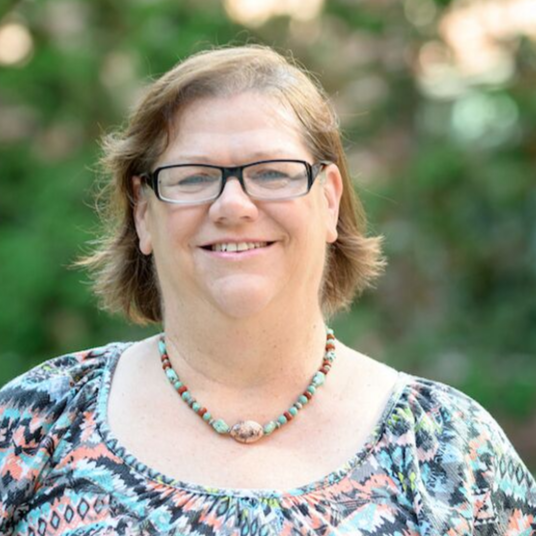The default in education systems is not a given to many Native American cultures, University of Idaho faculty reflected.
“No one needs to learn about Indians, but everyone needs to learn from them,” Assistant Professor Dianne Baumann said. “The best people to teach indigenous knowledge is indigenous people.”
Cultivating Relationships, a collaborative program between UI educators and Tribal Nations, aims to better Native instruction for K-12. The program, made possible by a $3 million grant, will begin this summer. Researchers will model changes in curriculum and instruction to allow Native youth to utilize their cultural background in their STEM studies.
To give perspective on the need for such a program, Director of American Indian Studies Philip Stevens explained how Native instruction fundamentally differed from what was taught by schools of European influence.


“What they’re focusing on is basically trying to utilize the strength, knowledge and culture from these tribal communities to be implemented within the classroom versus what has often been the case, more of an assimilation style,” Stevens said.
Stevens said the program pulls from research done by UI faculty as well as others outside of academia.
Citing his own experience with assimilation-style schooling, Stevens illustrated areas in which the cultural background of Indigenous students was not properly accounted for.
Having grown up on the San Carlos Apache Reservation in Arizona, Stevens said that the only non-tribal members he came across were the nuns, priests, doctors and teachers who travelled from outside the reservation. This changed when he received a scholarship to attend a top school in Arizona.
“When I went to my high school … I believe I was the only Apache student in the whole place,” Stevens said.
It took time for Stevens to make the adjustment, and longer still to understand what made the transition difficult.
“Growing up, for me, my family, my home community, everybody understood that to become an adult, was when you’re able to help your family in your community,” Stevens said. “At that school, everybody was under the impression that to become an adult you have to leave your family.”
Stevens said that these individualist ideals were pervasive, not limited to any one subject or any certain lesson. From mathematics to science and even Latin, Stevens said that these individualist frameworks shaped the teaching approach.
“Every lesson was situated with that idea that emphasized the individual and not the obligations nor responsibilities that I felt that I would need to have as an adult to my home community and my hometown,” Stevens said.
Further culture shock came from the disparate cultural attitudes towards asking questions. For Stevens, all events in his community were enjoyed by all people regardless of age. Everyone was expected to help with cooking, fishing, hunting or other activities, just in different roles. In doing so, they observed what others were doing, building their knowledge base.
“You were learning how to do these things and you saw it being done at all times,” Stevens said. “Because you’re a participant at a very young age, when it comes to your turn to start doing these things, you had this long apprenticeship … you’re expected … to keep your eyes open and your ears open to be aware of your scenario.”
This contrasted with school courses, where there was no cross-learning among age groups.
Subjects were introduced upon entering a class with no “apprenticeship” to fall back on. Questions in the classroom were not only expected, but often perceived as a sign that a student was attentive. The opposite was true in the Apache culture.
“From an Apache perspective that was a rude and a very impatient style of learning,” Stevens said. “You felt that you didn’t have the time to spend with these other folks, so you had to ask these things because you wanted to get it done for very egotistical reasons.”
While the Cultivating Relationships program focuses on K-12 instruction, Baumann, herself a member of the Blackfeet Nation, said that additional change is needed in higher education.

Baumann said that academia is only beginning to recognize that Native Americans’ knowledge of the world should be recognized as academic.
While traditional, European-style schooling emphasized subjects being taught separately, Baumann said that Native American education generally was learning by doing. Instruction also heavily emphasized how different aspects of the world impacted one another.
“It all had to do with relationship,” Baumann said. “It all had to do with relationship to other humans, relationships to other animals and in that way, we would learn … what mattered.”
According to Baumann, issues of “academic gatekeeping” can arise when academics share their interpretation of Native American history or culture. This can sometimes lead to indigenous knowledge being shut out, even if it isn’t done maliciously.
“I know some stuff about Navajo, but I’m Blackfeet, and there’s a lot of difference between Blackfeet and Navajo or Crow and Apache,” Baumann said. “If I want to learn something, I go to the sources and ask people that are actually part of that community.”
These issues, Baumann said, are not characteristic of any one institution. Instead, Native American studies at UI and other universities are continuing to evolve and bring further recognition that the knowledge gathered by Native groups should be recognized as academic.
The fundamental issue that has driven the need for programs like Cultivating Relationships, as well as the need for continued progress in higher education, was summed up succinctly by Stevens.
“What was thought of as being a good student within the schools, wasn’t being a good Apache.”
Royce McCandless can be reached at [email protected] or Twitter @roycem_news
